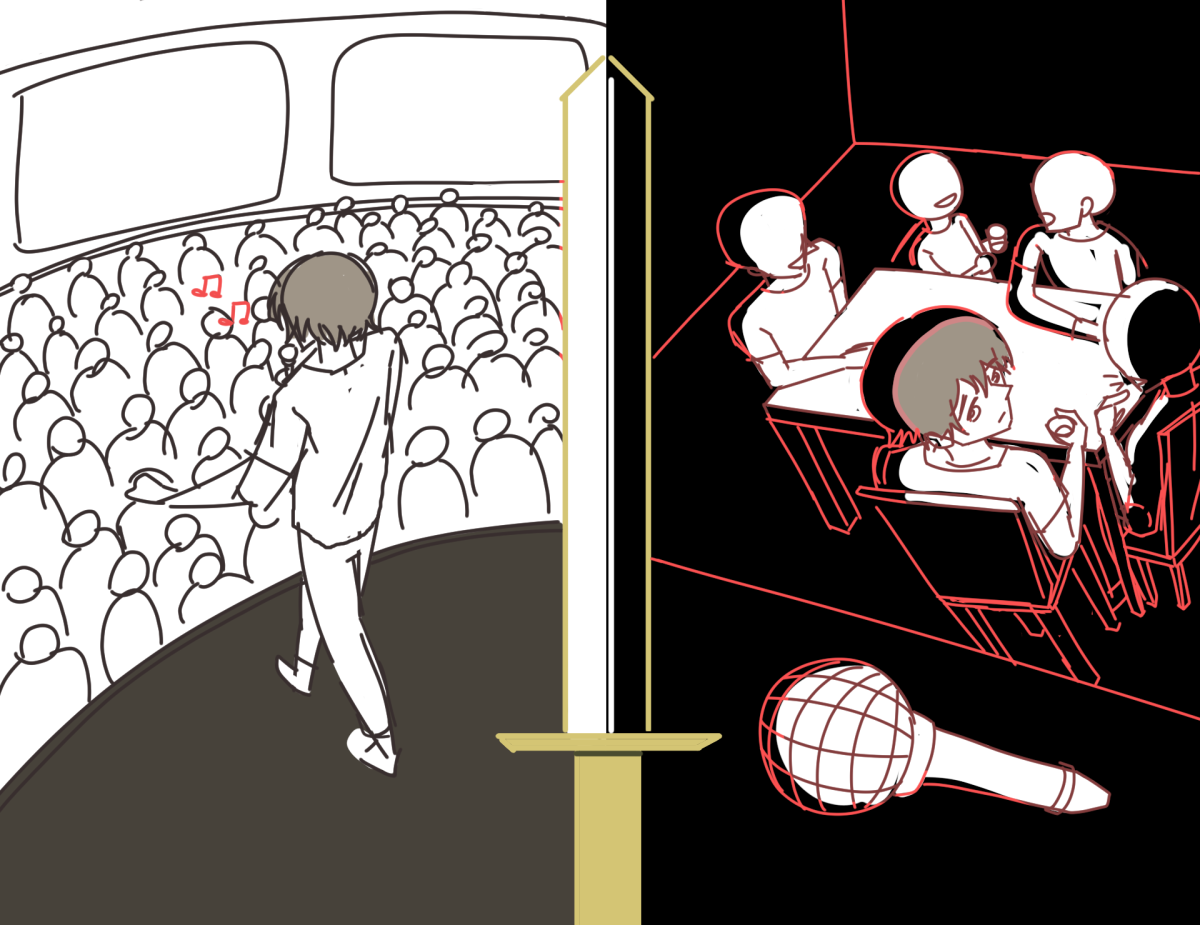As a child of an immigrant, you could say I’m sensitive to issues related to immigration in the United States. However, I’m not the only one who views our immigration system as incredibly flawed. As of Nov. 1, 2015, 4.6 million people were on the waiting list for a visa.
About 700,000 immigrants are naturalized each year. According to the Migration Policy Institute (MPI), in 2014 there were 42.4 million immigrants living in the U.S., of which about 11 million were unauthorized. Of the nearly one-fourth of immigrants that are unauthorized, many are not so by choice — they have been waiting years to become lawful residents as they go through the arduous and expensive naturalization process.
From 2013 to 2014, naturalization applications remained stable despite the 16 percent decrease in immigrants actually being naturalized. The United States Citizenship and Immigration Services (USCIS) estimates that immigrants naturalized in 2014 spent an average of seven years as Lawful Permanent Residents (LPRs) before becoming citizens.
Moreover, this year some family-sponsored visa applications from 1992 are still being processed by the U.S. government, along with employment-related visa applications dating back to 2004. This drawn-out process is unacceptable; millions of immigrants are being forced to wait an extensive amount of time and during that time are unable to exercise the rights of citizens.
The topic of immigration in general is plagued with a plethora of misconceptions. Many people have a lack of understanding of the immigration process, who these immigrants really are, why they are immigrants and what it’s like to be in their shoes. Oftentimes, these misconceptions stem from lack of interaction with immigrants and the perception that there are more undocumented immigrants than there actually are, or that they’re almost all Mexican and uneducated.
It may shock Americans to discover that, in fact, immigrants and their U.S.-born children make up more than one-fourth of the entire population, and less than a fourth of them are unauthorized. Also, the majority of Hispanics who live in the U.S. are native born, and the number of Mexicans coming to the U.S. is decreasing.
The most surprising fact may be that in 2014, according to MPI reports, 30 percent of native-born adults ages 25 and older had a bachelor degree or higher compared to 29 percent of immigrants, showing essentially no difference in educational demographics.
The citizenship process should not take so long or be as expensive. There also should be more legislation helping unauthorized immigrants receive minimum wage, safe working benefits and health benefits — rights only awarded to U.S. citizens. The problem this creates is that it enables unscrupulous companies to take advantage of immigrants’ undocumented status and pay them low wages alongside not offering them the health and legal benefits that a citizen possesses.
Granting undocumented immigrants legal status will create jobs for Americans. Fifty-one percent of Americans believe they are competing against immigrants living in the U.S. without work permits, according to The Ramussen Report survey. In actuality, according to the Brookings Institution’s Michael Greenstone and Adam Looney, “on average, immigrant workers increase the opportunities and incomes of Americans.” The Fiscal Policy Institute reports that immigrant-owned businesses employed approximately 4.7 million people in 2007 and annually generated more than $776 billion.
One program that exists for young unauthorized immigrants is Deferred Action for Childhood Arrivals (DACA). This program, announced in June 2012, gives unauthorized immigrants two years of deportation relief as well as authorization to work. In order for immigrants to receive this, they must be under the age of 31, have entered the U.S. before the age of 16, be enrolled in school or received a high school diploma and not have been convicted of a crime, among other requirements.
This program made it possible for young immigrants — who were almost all brought to the U.S. by their parents — to earn money through work without the fear of being deported. DACA also makes it possible for these immigrants to attend school and have a temporary social security number and health insurance. Education provides wealth and opportunity for all.
Undocumented and DACA students at NC State are paying out-of-state tuition without any form of financial aid. However, a recent bill passed by the Student Government states that NC State should show more support for undocumented and DACA students. They released a statement that demonstrates their support of the students and families, which requests the provision of more legal services as well as the refusal to release the citizenship statuses of students.
Resolution 60, a bill written by our own NC State peers, hopes to help undocumented and DACA students in our community not feel threatened by deportation and discrimination. Immigration is important and pertinent to us as students because of the presence of both documented and undocumented immigrants on campus. It’s crucial that we learn to become more accepting of these students. This country was built by hardworking immigrants, and we should make it easier for these immigrants to obtain work permits and continue to improve the U.S.








